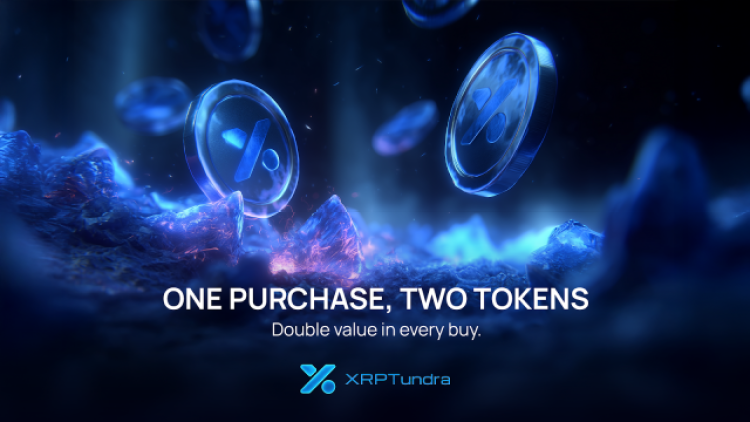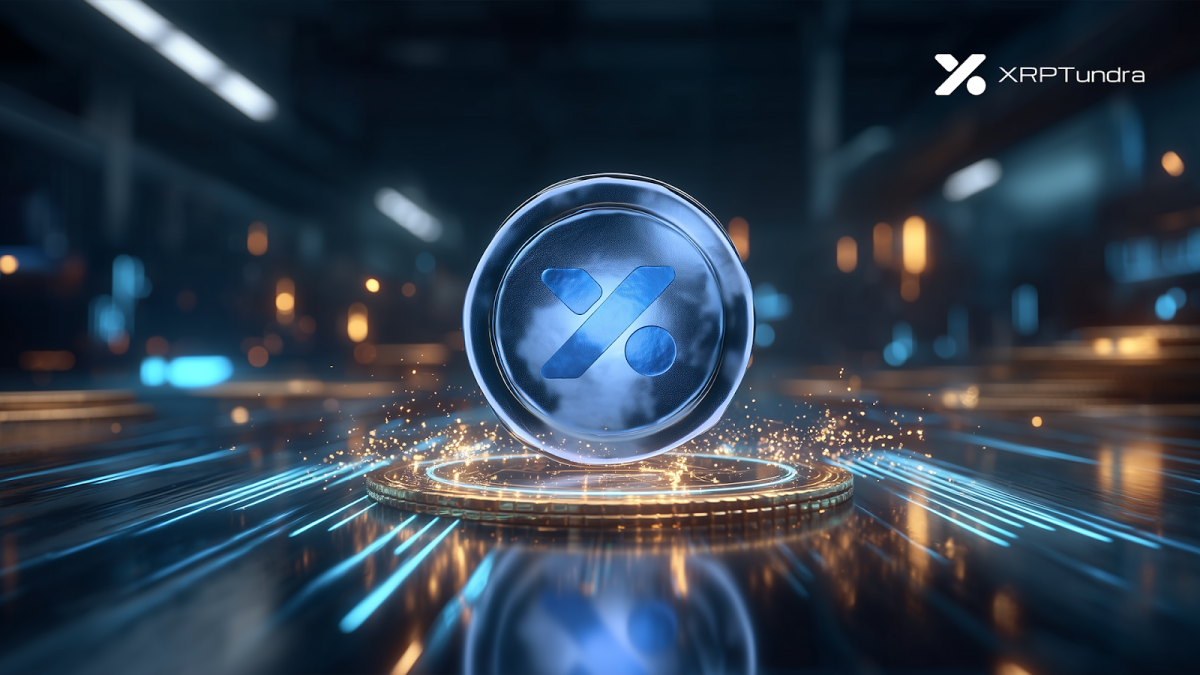
The appeal of staking has never faded, but reliability has. Over the past years, investors have learned that advertised APYs often fail to match real returns once token inflation, market volatility, and early withdrawal penalties are factored in. As a result, many have shifted focus from chasing headline numbers to finding staking systems built on transparency.
XRP Tundra’s upcoming Cryo Vaults take direct aim at this problem. The project’s presale, now in Phase 9, is introducing a yield framework that sets clear rules for commitment periods, APY ranges, and entry thresholds — removing the ambiguity that typically clouds DeFi yield programs. For participants, it’s a quantifiable answer to the question driving 2025’s DeFi narrative: is staking still worth it?
The Search for Reliable Crypto Yield
Across the broader market, staking returns vary dramatically. Ethereum’s validators earn about 3–4% annually, while smaller Proof-of-Stake networks promise 15–30% but struggle to sustain payouts. Yield inconsistency is only part of the problem. What’s missing in most platforms is a standardized framework that defines terms clearly for every participant.
Tundra’s developers approached this differently. Instead of advertising an arbitrary percentage, they designed three fixed staking classes within a single ecosystem. Each class specifies its expected return, minimum commitment, and withdrawal conditions, allowing participants to plan around real numbers rather than fluctuating projections. It’s a model that prioritizes predictability — a quality DeFi staking has often lacked.
Tundra’s Cryo Vaults: Structure Replaces Guesswork
The Cryo Vault system offers three staking tiers calibrated for different risk appetites and liquidity needs.
Liquid Staking targets active traders who prefer flexibility. It carries an APY range of 4–6%, no commitment period, and instant withdrawal. The minimum stake requirement is 100 TUNDRA-S, making it ideal for those testing the ecosystem before locking larger sums.
Balanced Staking provides what many investors consider the sweet spot between yield and control. It offers 8–12% APY, requires a 30-day commitment, and allows withdrawals once the period ends. The minimum stake sits at 500 TUNDRA-S, reflecting moderate involvement for medium-term participants.

Premium Staking caters to long-term believers who prioritize higher rewards. Returns fall between 15–20% APY, with a 90-day lock-up and a 1,000 TUNDRA-S minimum. The design mirrors traditional fixed-term products, offering stronger compounding in exchange for longer commitments.
Together, the three tiers cover the full spectrum of staking preferences — from traders who want liquidity to holders seeking durable yield. Because all parameters are pre-defined on-chain, participants know exactly how and when their rewards accrue.
Dual-Token Architecture Creates Sustainable Rewards
Behind these mechanics lies Tundra’s distinctive architecture. TUNDRA-S, the Solana-based utility token, fuels staking operations and reward generation through Cryo Vaults. Its counterpart, TUNDRA-X, runs on the XRP Ledger and anchors governance, reserve management, and cross-chain stability.

The separation of roles ensures that yield distribution remains sustainable rather than inflationary. Rewards for stakers originate from real ecosystem activity — including liquidity fees, vault interactions, and cross-chain transaction costs — instead of unsustainable token minting. That dual-chain configuration is why analysts following the project view it as a more advanced alternative to single-token staking platforms that rely solely on emissions.
The combination of Solana’s high-speed infrastructure and XRP Ledger’s institutional-grade reliability forms a framework capable of supporting large-scale staking without compromising security or transparency.
Securing Access Ahead of Listing
XRP Tundra’s presale is now in Phase 9, with TUNDRA-S priced at $0.147 and offering an 11% token bonus plus a free allocation of TUNDRA-X, valued at $0.0735 for reference. Listing prices are confirmed at $2.50 for TUNDRA-S and $1.25 for TUNDRA-X. These fixed values let buyers quantify potential upside before staking even begins.
Early participants don’t start earning yield immediately — staking activates post-listing — but presale entry guarantees early Cryo Vault access once the feature launches. That access matters because initial vault capacity will be limited, ensuring fair distribution of rewards during the rollout phase.

More than $2 million has been raised so far, with strong demand driven by the transparency of the system. A recent Crypto Infinity video compared Tundra’s staking framework to traditional fixed-income structures, noting that its multi-tiered design mirrors real-world portfolio segmentation rather than typical DeFi speculation.
Verified Security for Long-Term Confidence
Predictable yields mean little without proven safety. XRP Tundra has already completed three independent audits — Cyberscope, Solidproof, and FreshCoins — alongside KYC verification by Vital Block. Each assessment confirmed contract integrity, allocation accuracy, and vault logic consistency.
This verification layer gives Tundra’s Cryo Vaults credibility at a level usually reserved for institutional-grade products. While the broader market continues to experiment with unverified smart contracts, Tundra’s staking model arrives pre-certified, ensuring participants can calculate potential yield without worrying about backend risk.
In an environment where staking platforms rise and collapse within months, structural trust is becoming the ultimate competitive advantage. Tundra’s combination of dual-chain architecture, verified security, and transparent reward math creates a foundation designed for persistence, not hype.
Website: https://www.xrptundra.com/
Medium: https://medium.com/@xrptundra
Telegram: https://t.me/xrptundra
X: https://x.com/Xrptundra
This article is not financial advice. Please DYOR.
Authored by Bitcoinist, https://bitcoinist.com/is-staking-crypto-worth-it-xrp-tundra-presale-offers-12-apy-answer


















